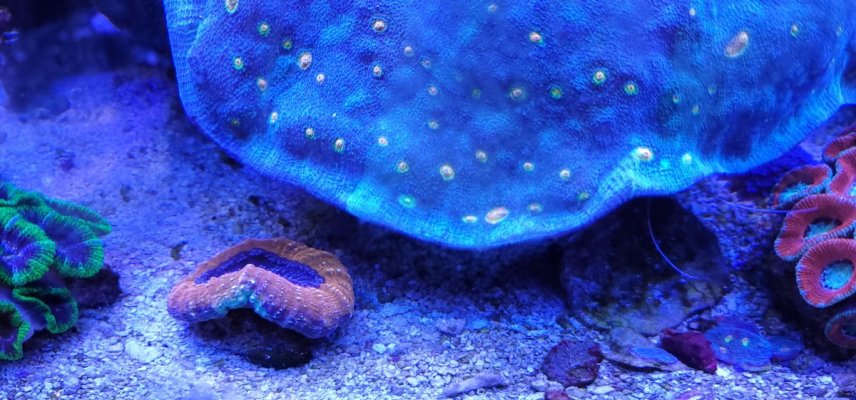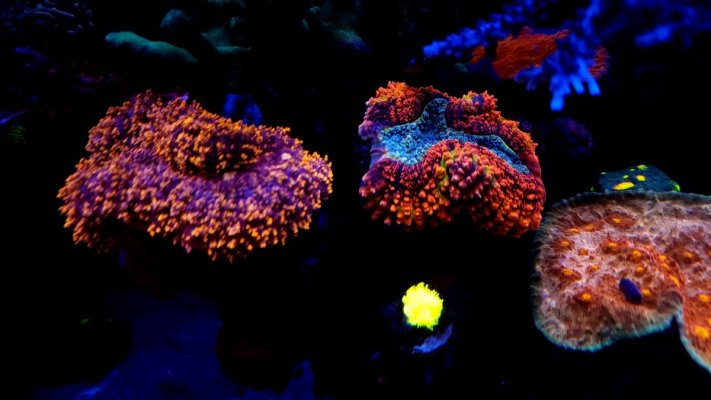- Joined
- Apr 12, 2020
- Messages
- 195
- Reaction score
- 216
Recently I accidentally moved a stone with an Euphyllia (frogspown) closer to my Lobo. In the morning, 4 out of 6 Euphyllia heads were burned (covered with white gel). I tried to save them and made a bath with lugol. Did not help. Lobo is very aggressive, more than Euphyllia. Before that, half a year ago, Scoli became Lobo's victim.
What par would you estimate your lobo is at?
I'm trying to get my lobo (as seen above in this thread) to brighten back up as it is darker in color now.











